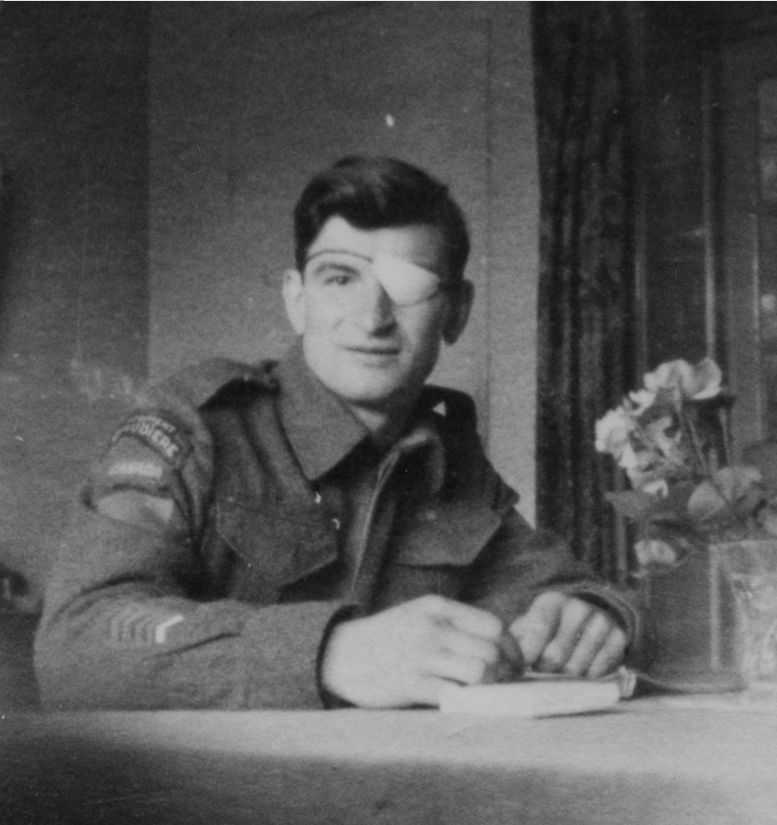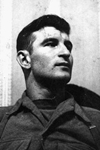No. 460 Squadron
The War Illustrated, Volume 10, No. 255, Page 792, April 11, 1947.
Motto: "Strike and Return"
An all-Australian Squadron, No. 460 began training at Breighton, Yorks, in January 1942, equipped with Wellington aircraft. Operational sorties were carried out in the following March, the first against Emden. In May it took part in the 1,000-bomber raid on Cologne, and undertook many mine-laying missions. In August 1942 it was converted to Halifaxes, these being replaced by Lancasters in November.
Spezia and Stettin were among targets attacked during February 1943. In the following month the Squadron moved to Binbrook, Lincs. The Australians were in the Battle of Hamburg in July and also bombed Cologne and Turin. The experimental station at Peenemunde was attacked in August, and Berlin eight times in November and December.
Of nine major attacks made in January 1944 six were on the German capital. Fortifications on the French coast and communication centres were targets during the weeks immediately preceding D-Day. The veteran Lancaster, G for George, having completed 90 trips, was presented to the War Museum at Canberra, Australia. The Squadron gave close support to the British 2nd Army in Normandy during July and August, by night and by day.
In February 1945 the German town of Cleve was almost totally destroyed in a night attack that cleared the way for the advancing British and Canadian troops. Chemnitz and Dresden were bombed in March to assist the Russian armies. By April 10, 1945 the Squadron had carried out 5,000 sorties, dropped nearly 24,000 tons of bombs, and flown 4,000,000 miles. At the end of the war it was engaged in flying food to the Netherlands and picking up released P.O.W. for repatriation.
Index
Previous article
25th (Indian) Division
Colours: Black on Green Formed at Salem, Madras, in August 1942, at a time when a Japanese invasion on the Madras coastline was considered highly probably, the 25th (Indian) Division moved to the A
Next article
I Was There! - How We Breached the Atlantic Wall
With grenade and bayonet and tommy-gun Royal Marine Commandos went in from the sea and attacked on D-Day... Here is a close-up of swift-moving battle against Germans entranced behind "impregnable" def





